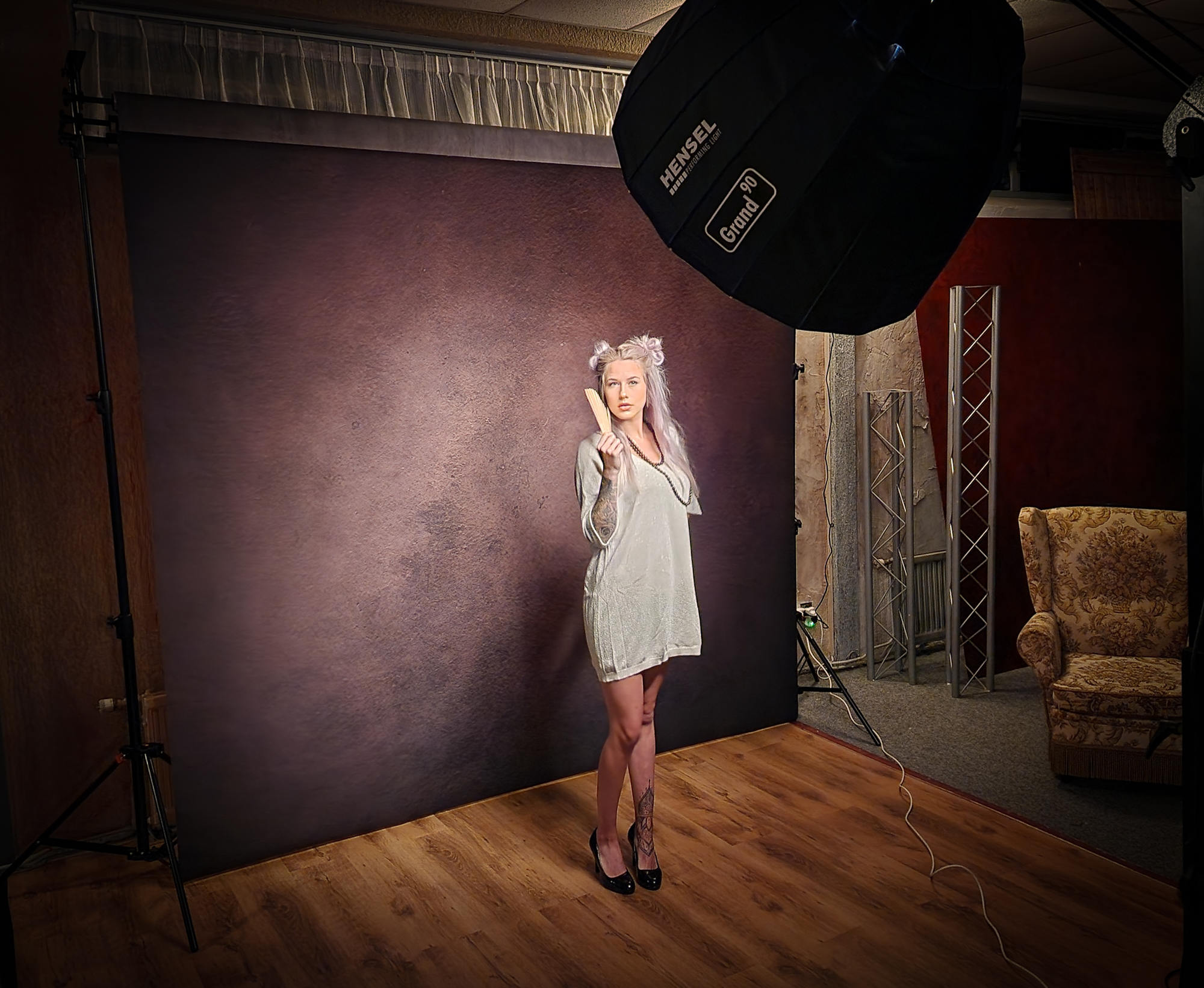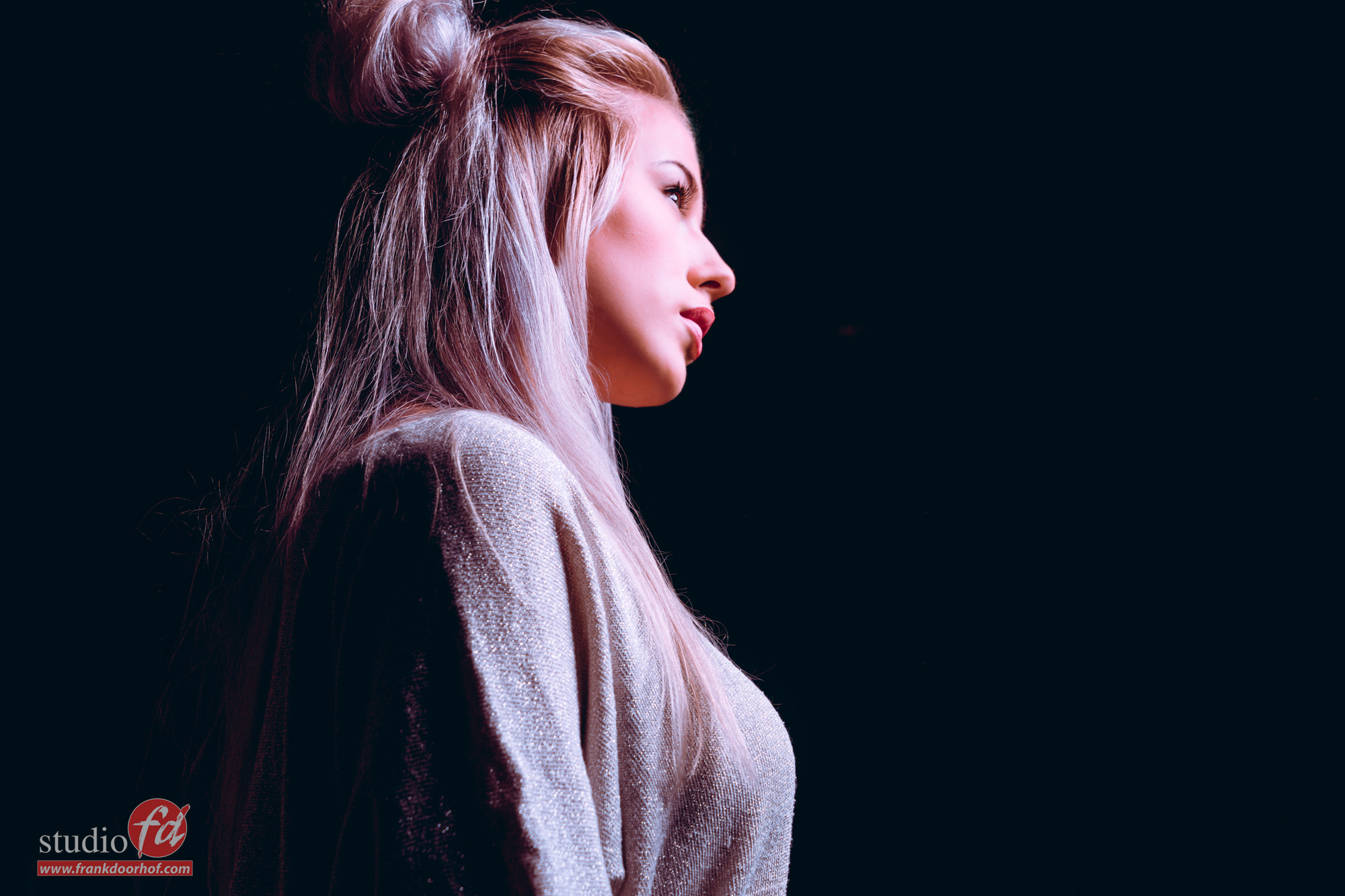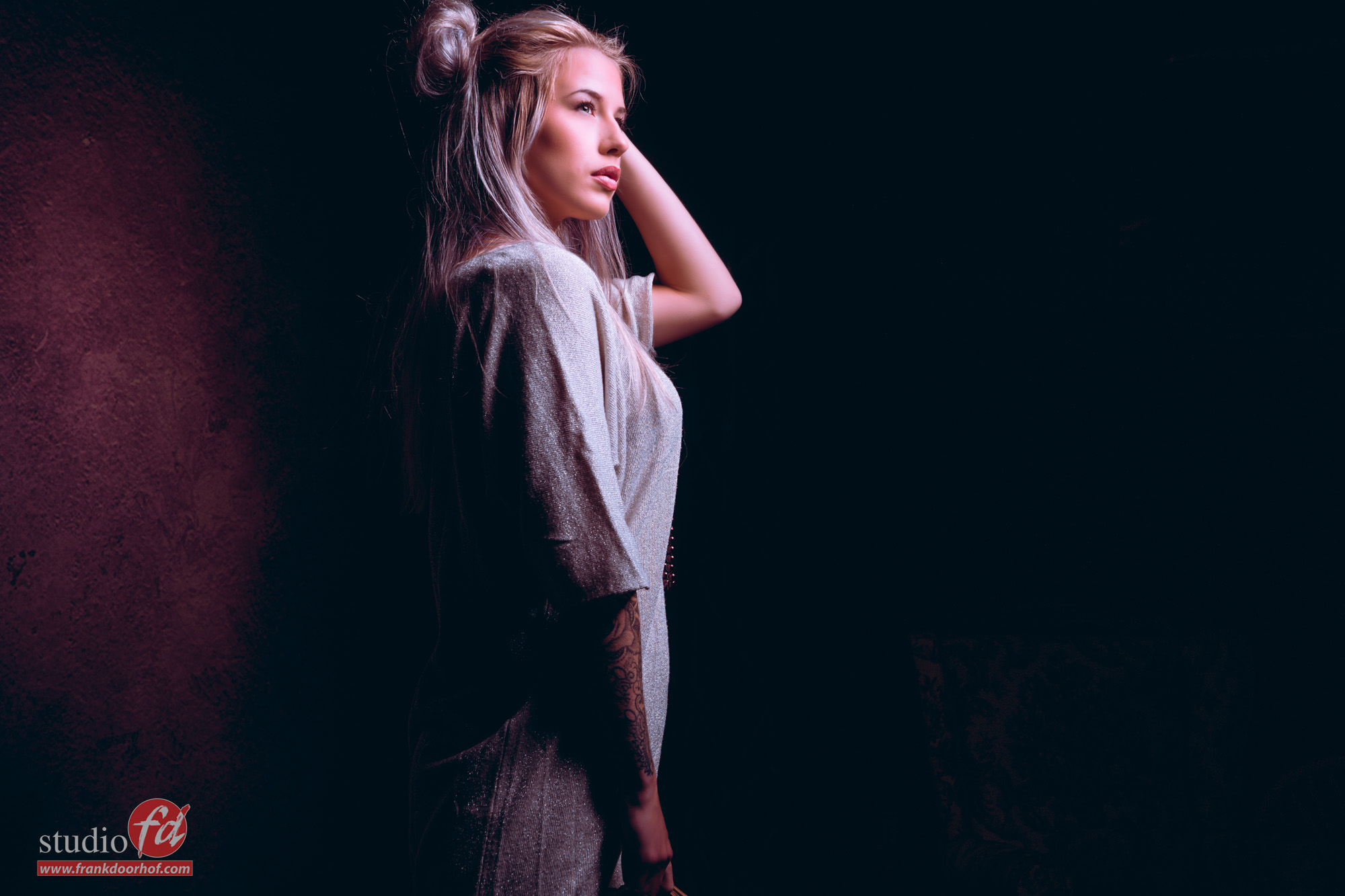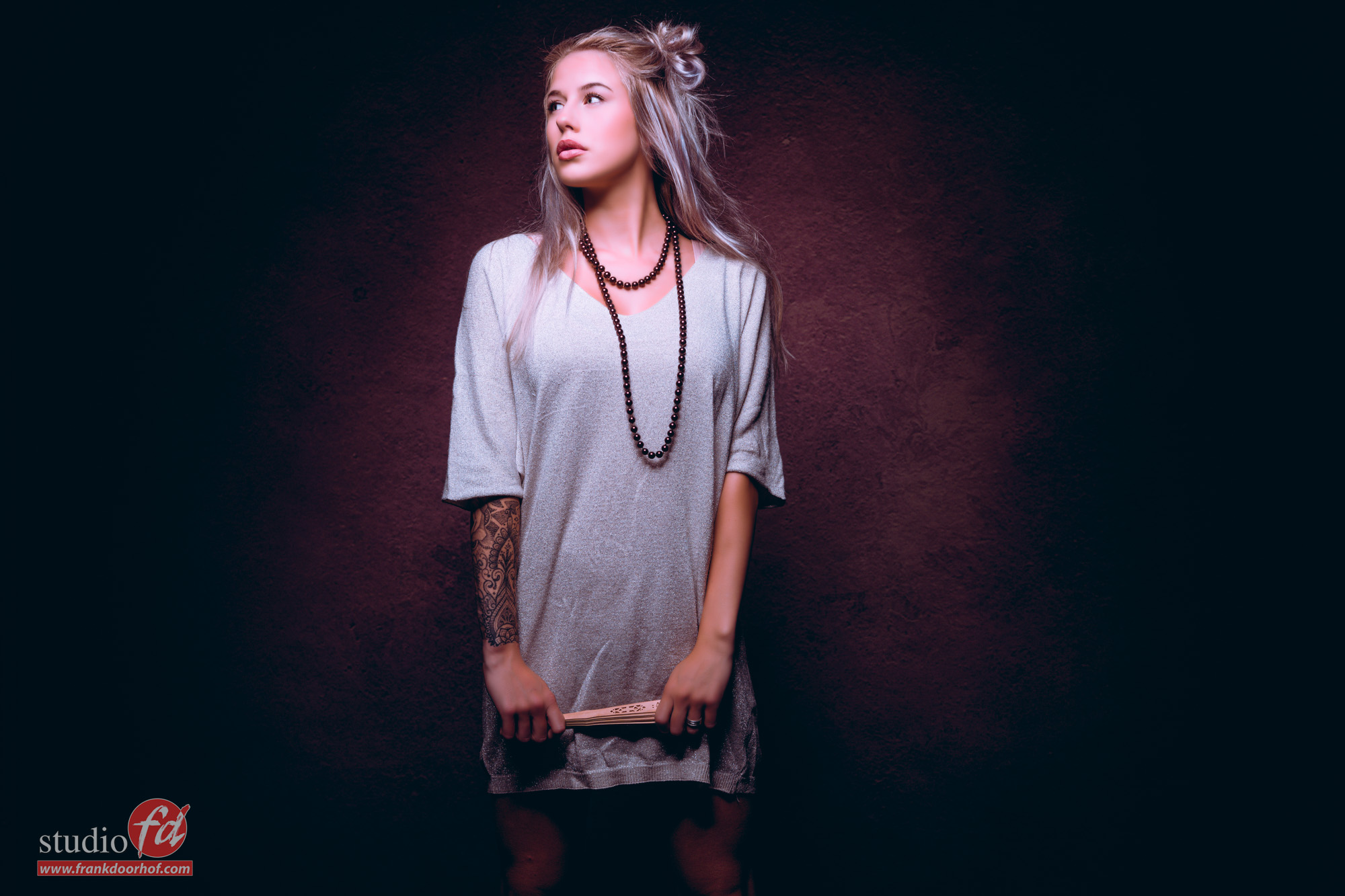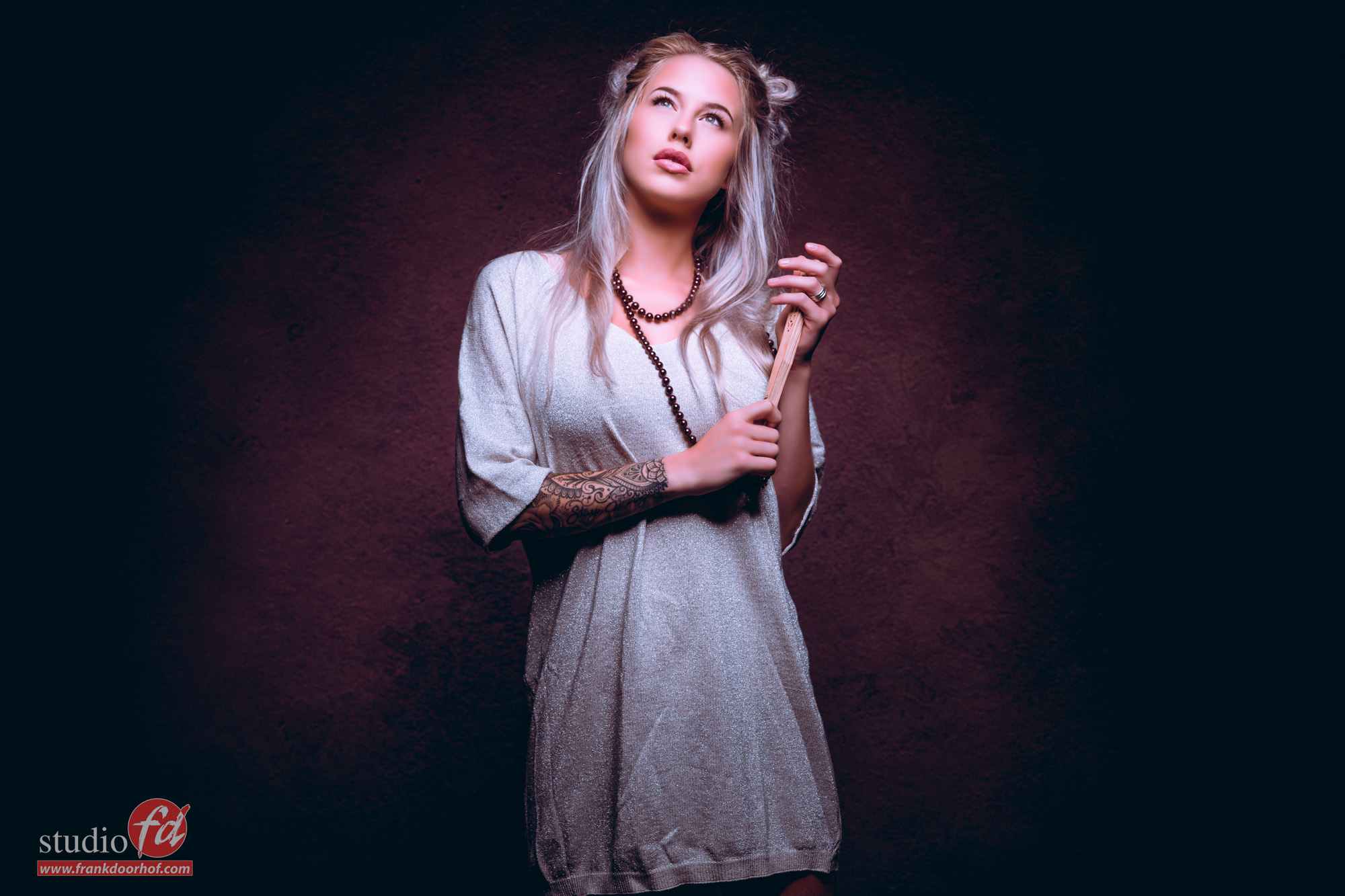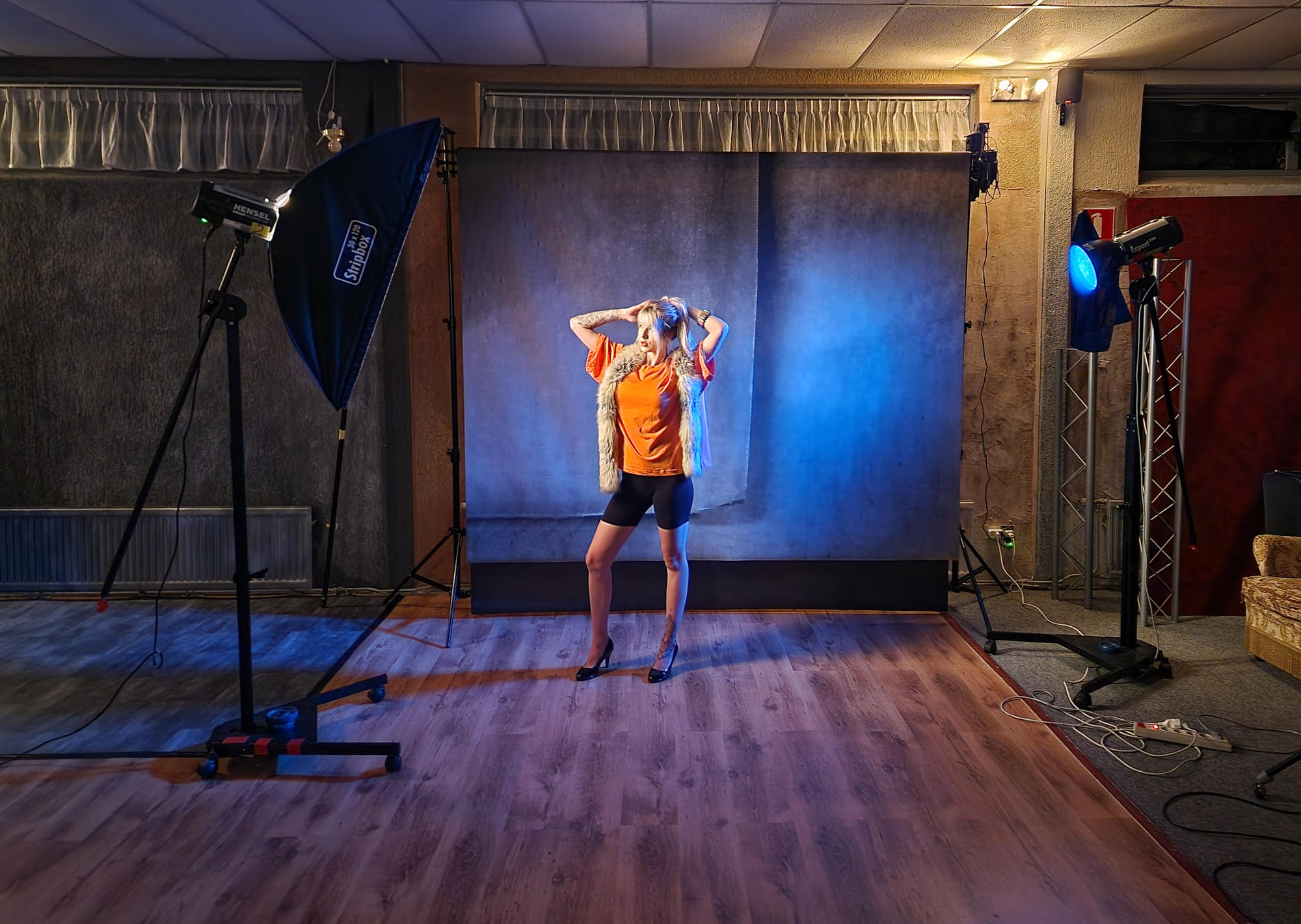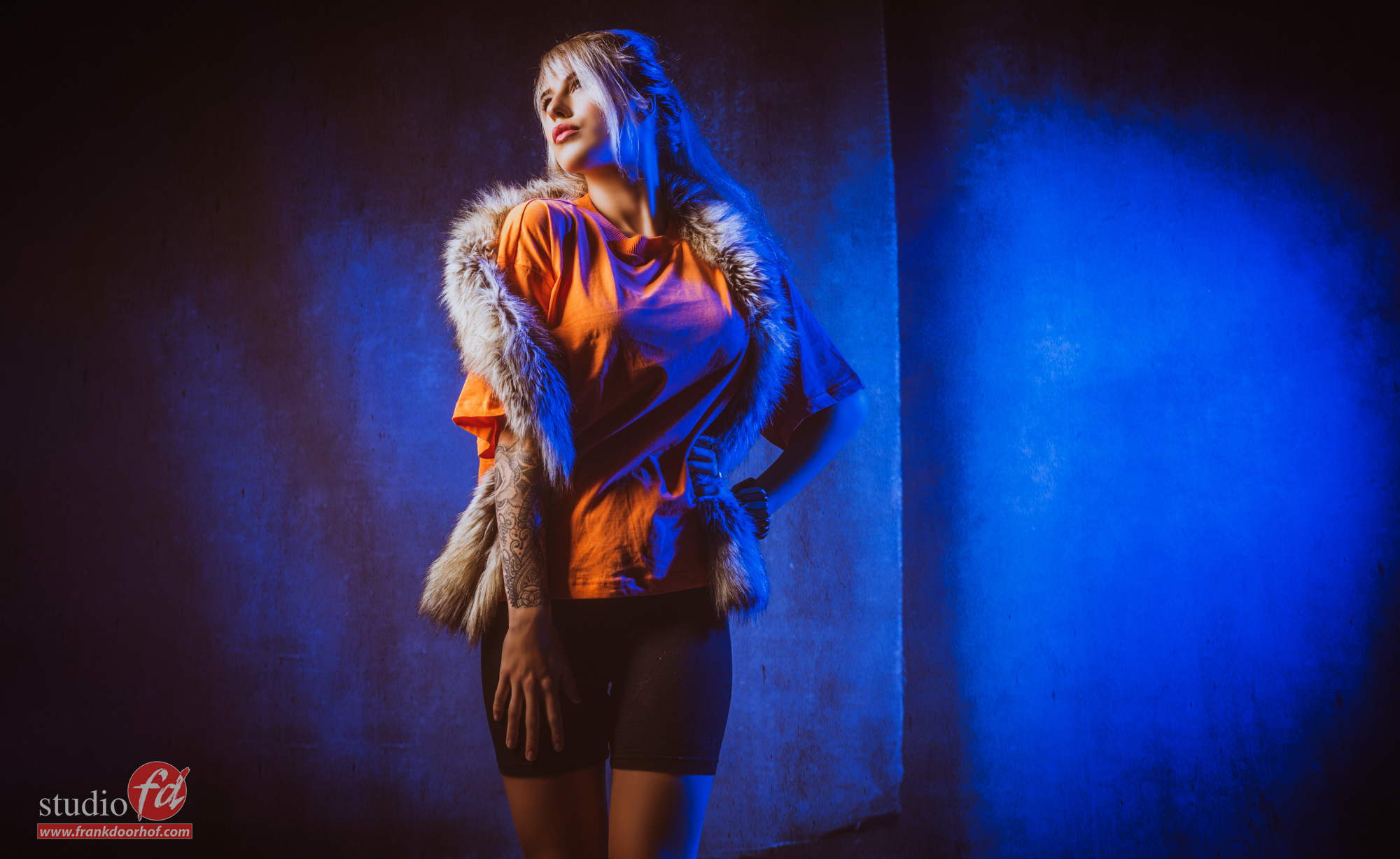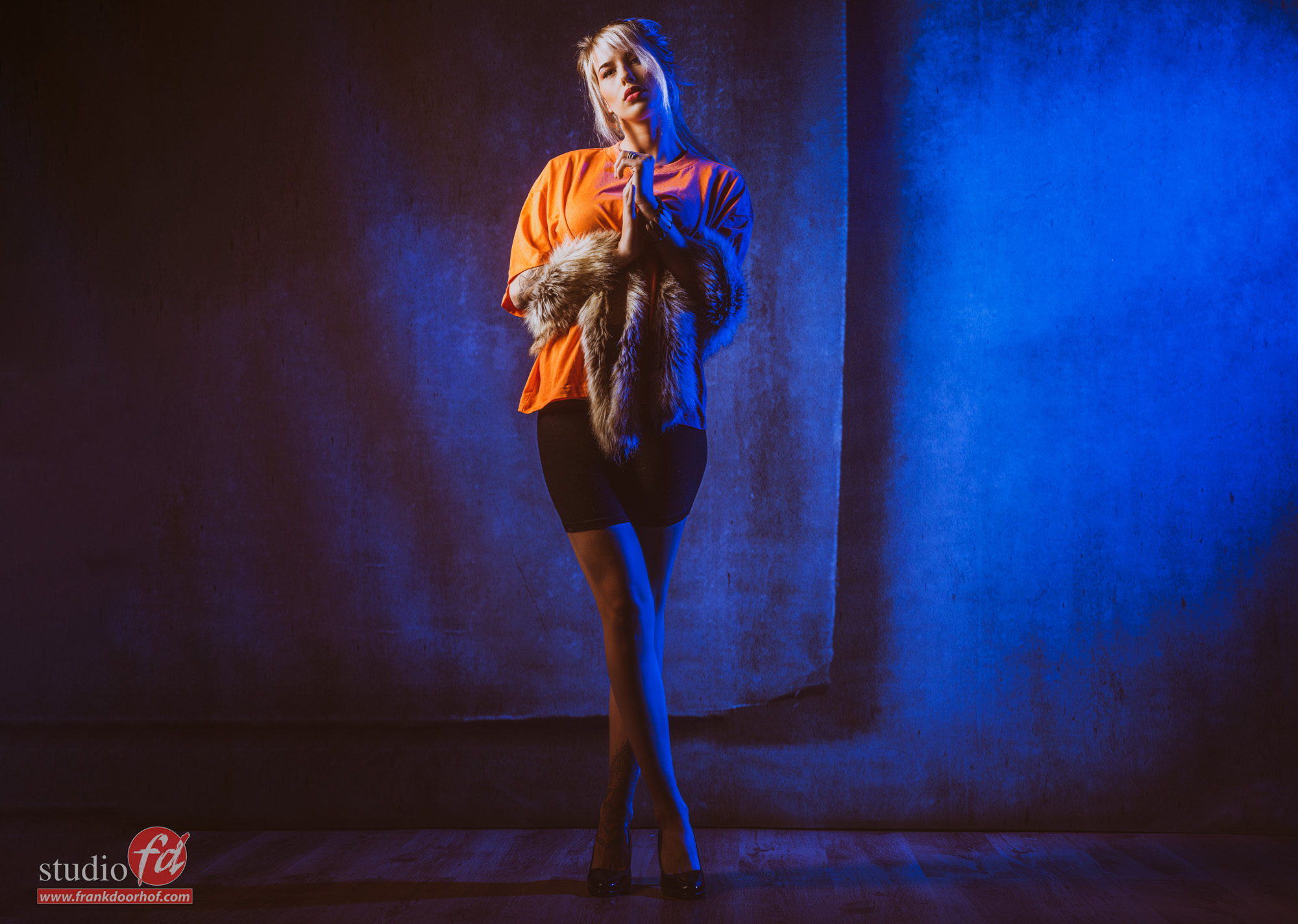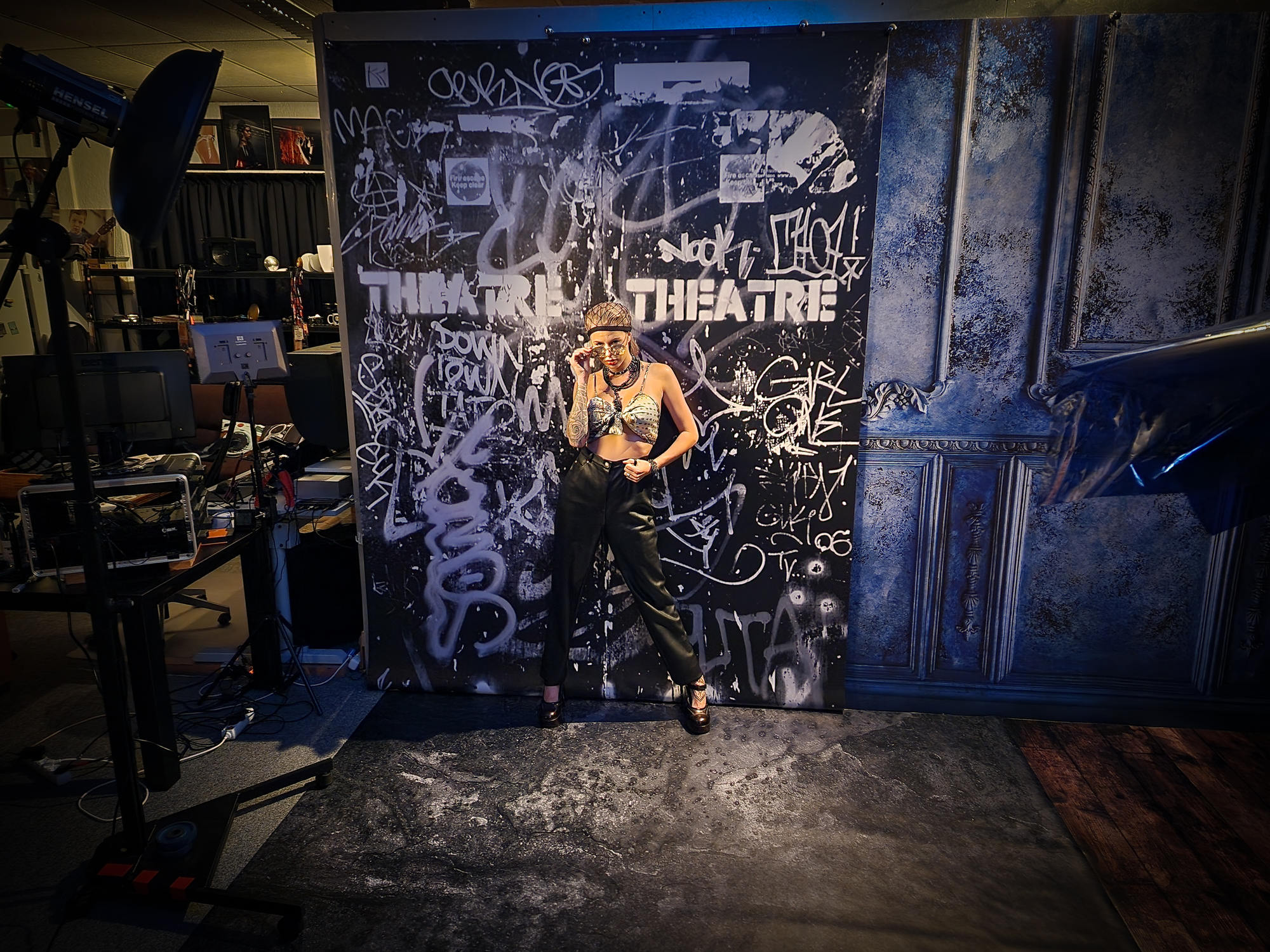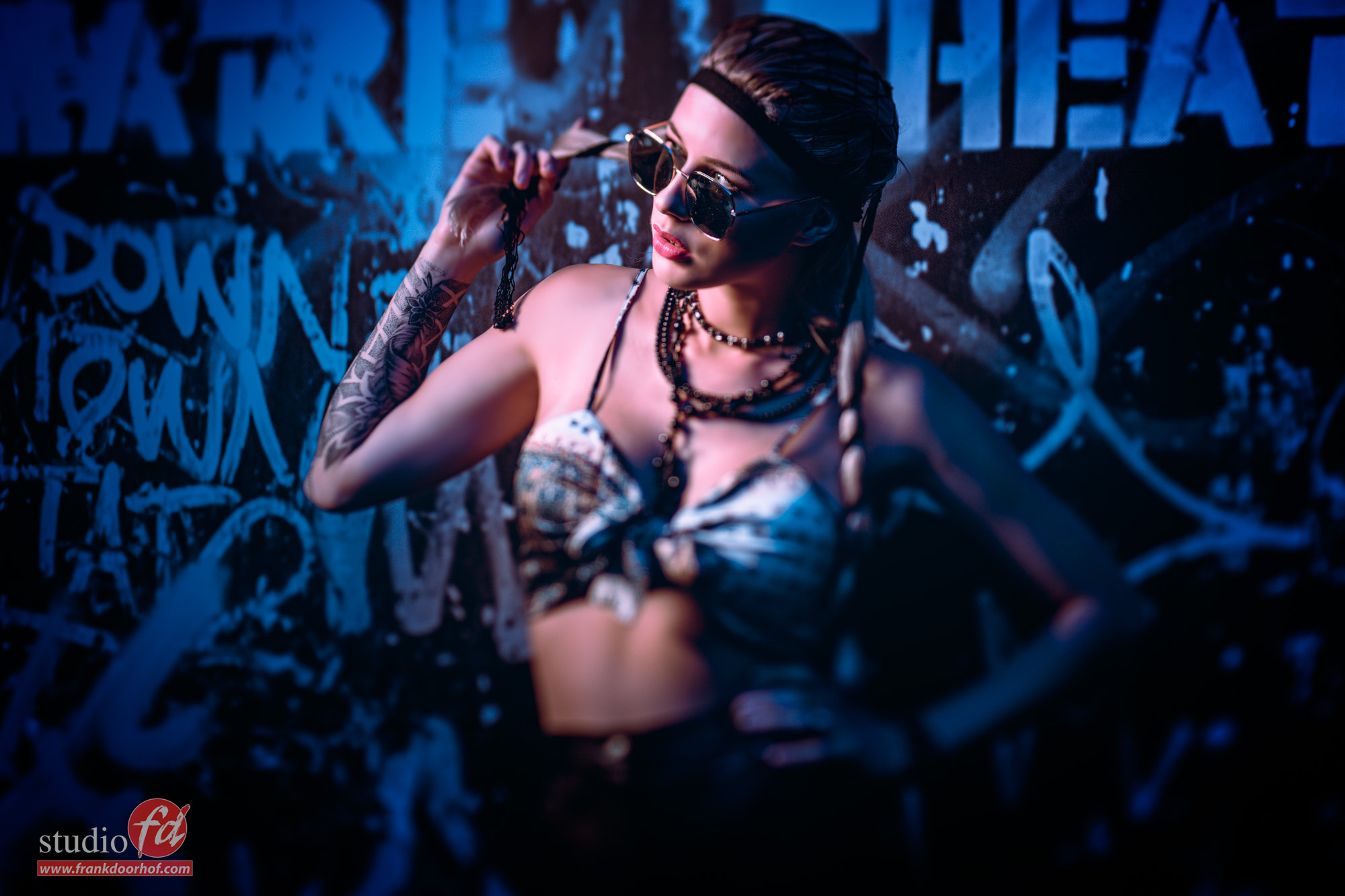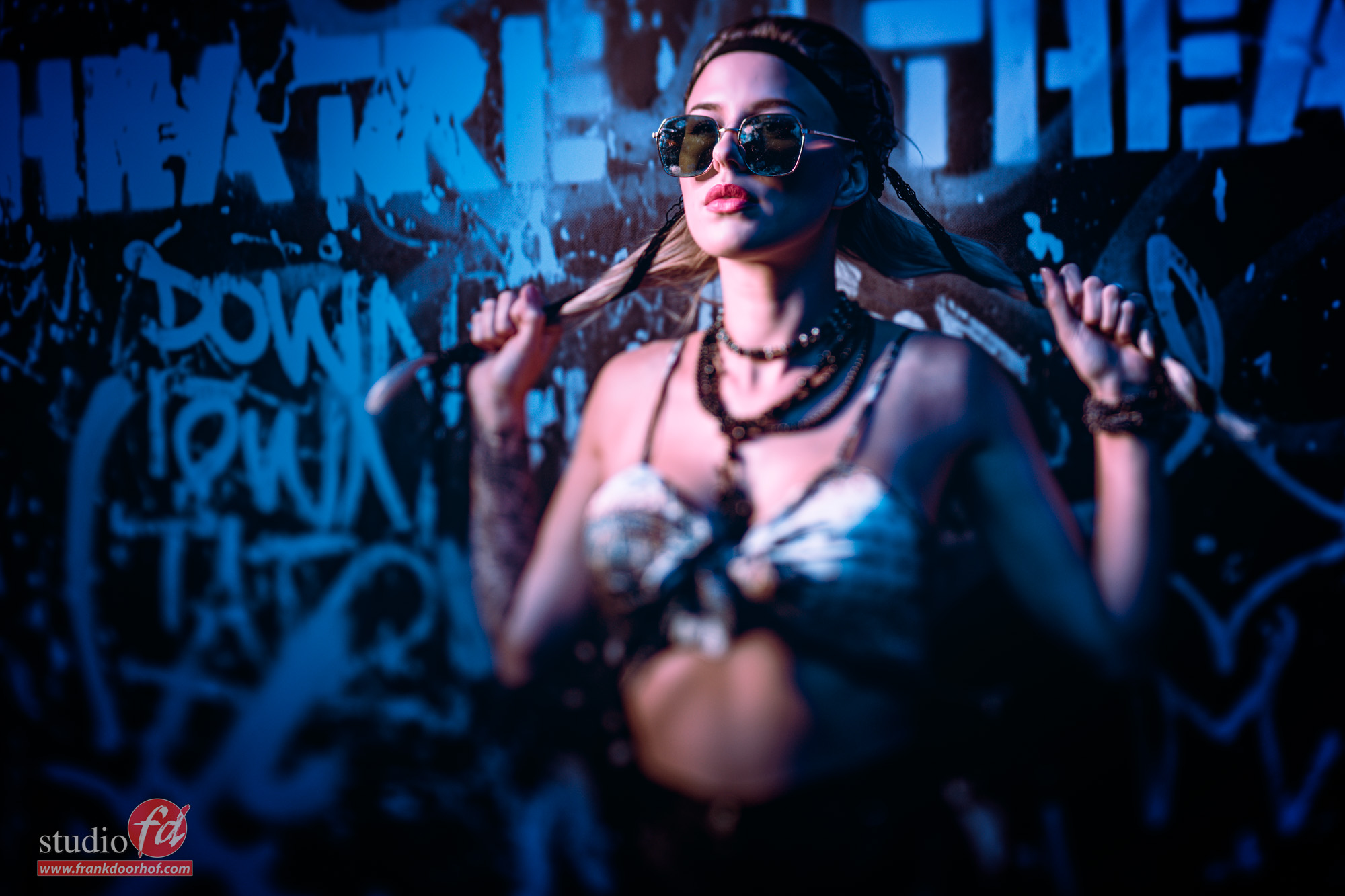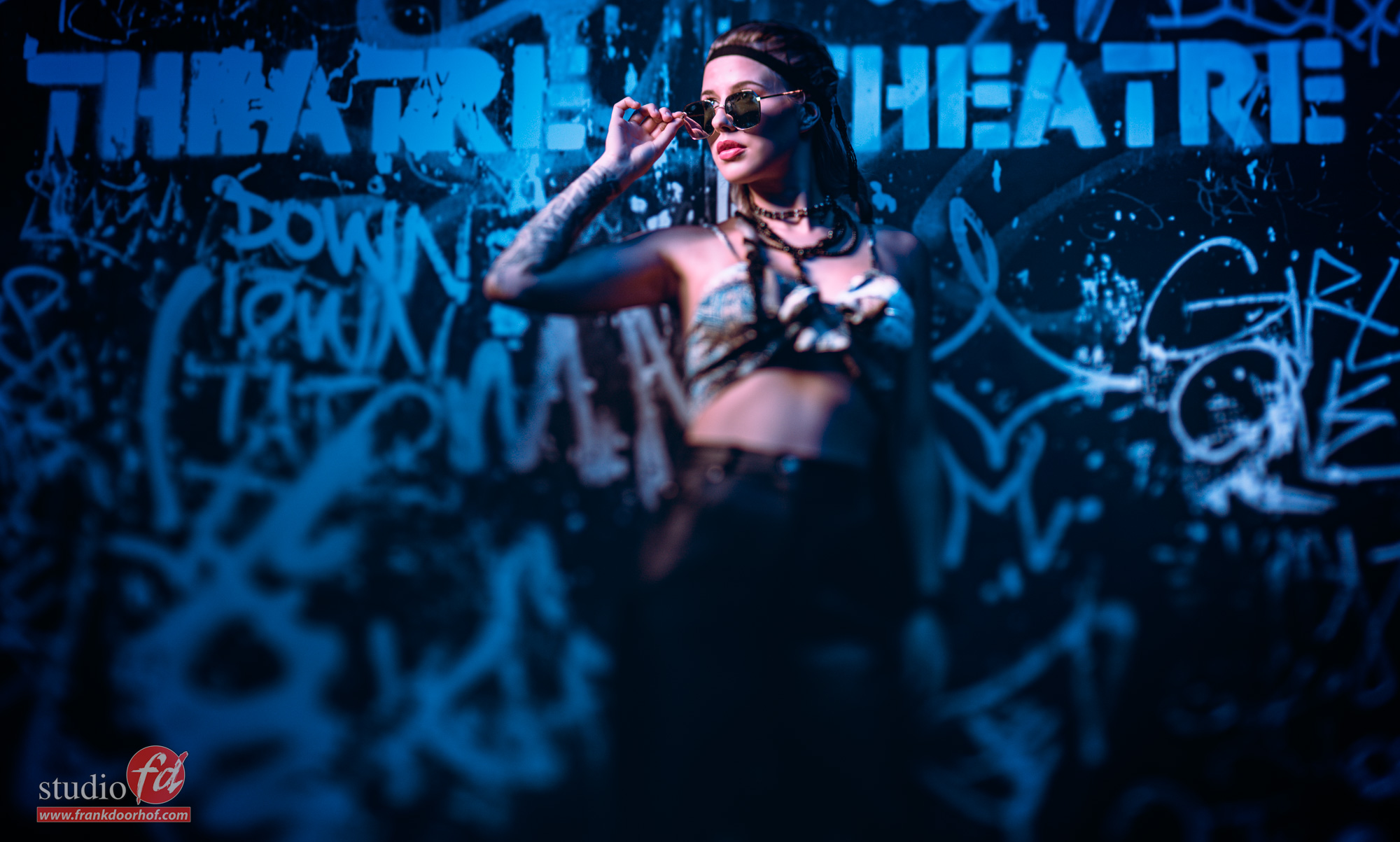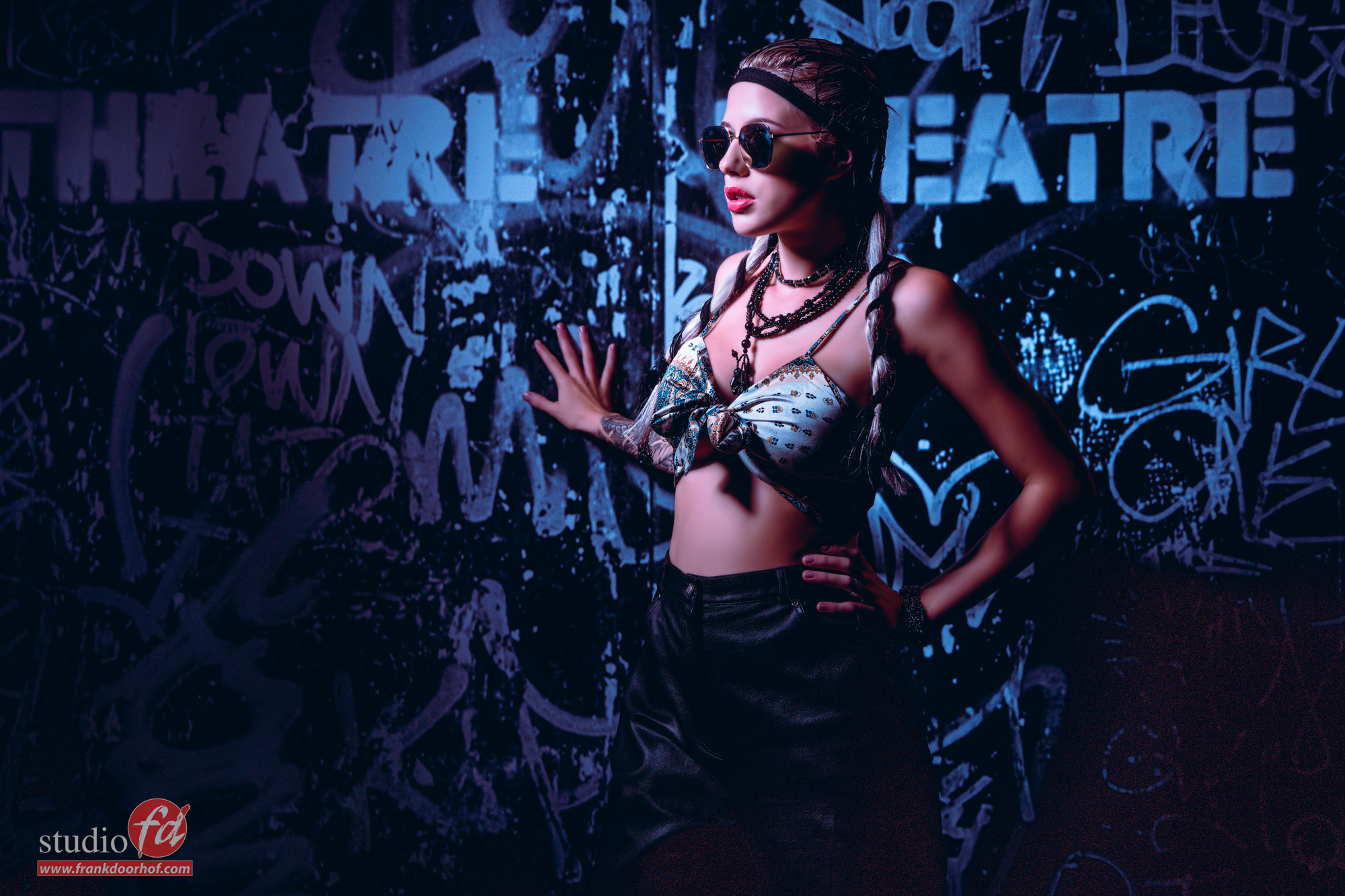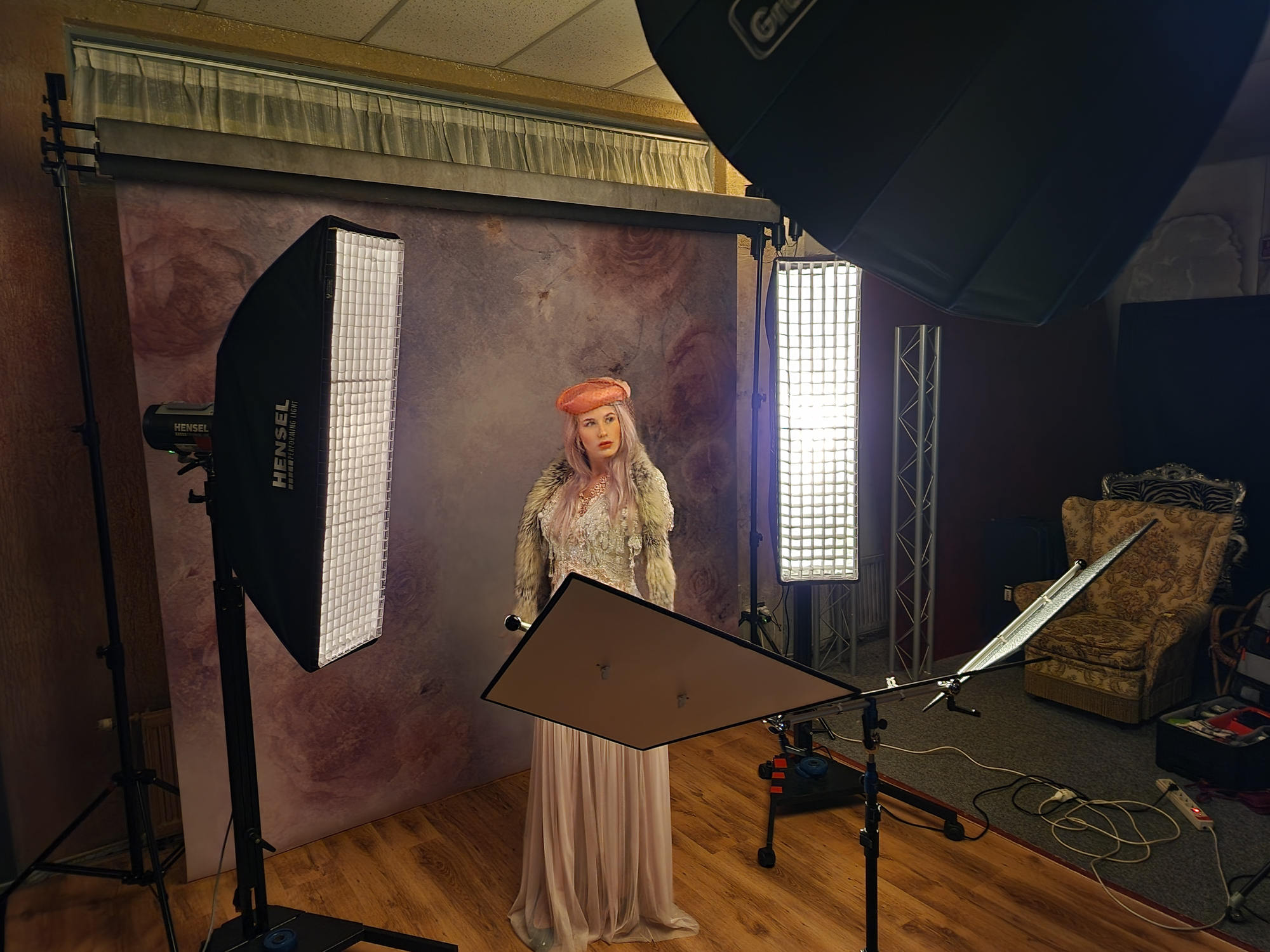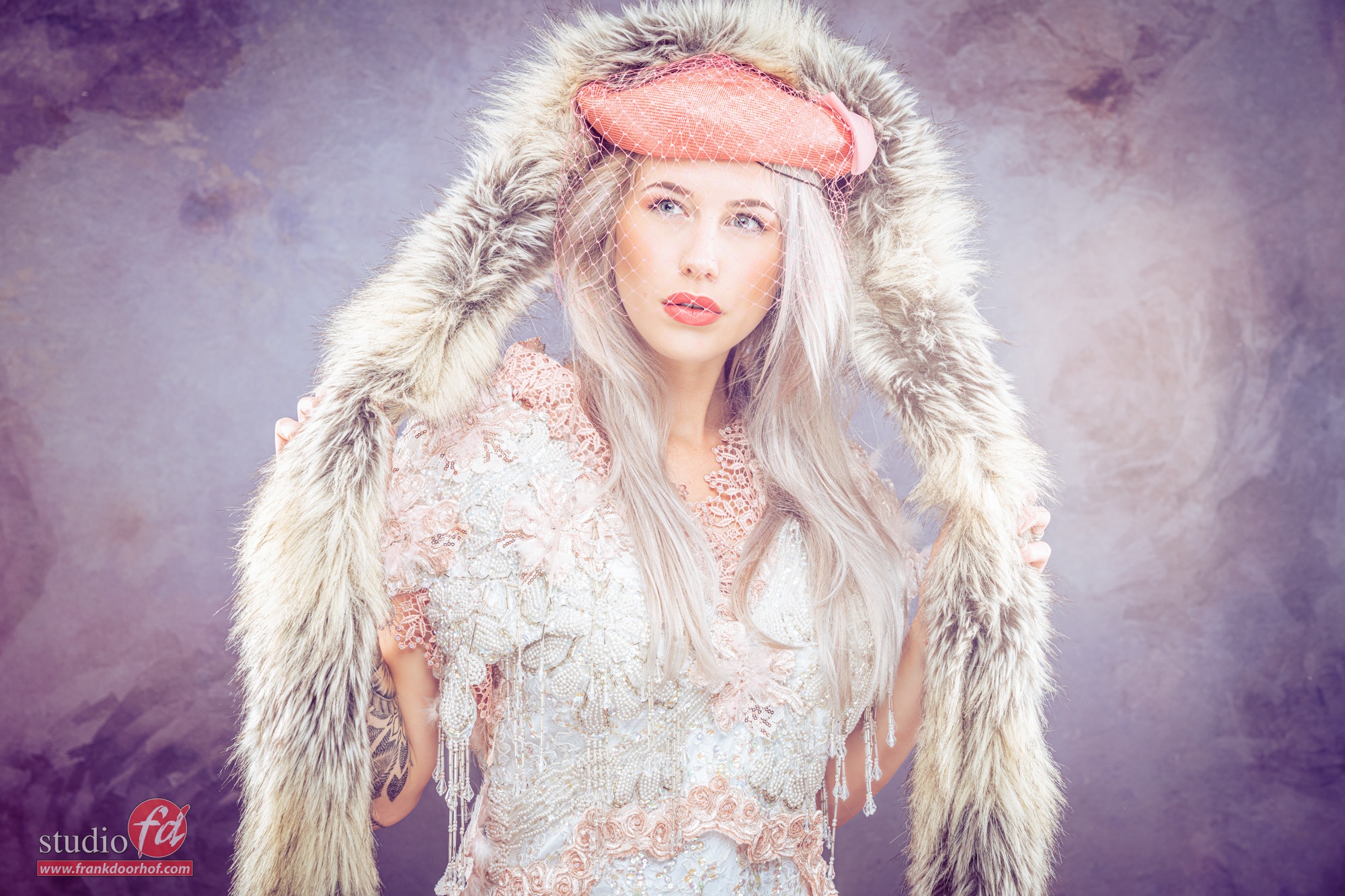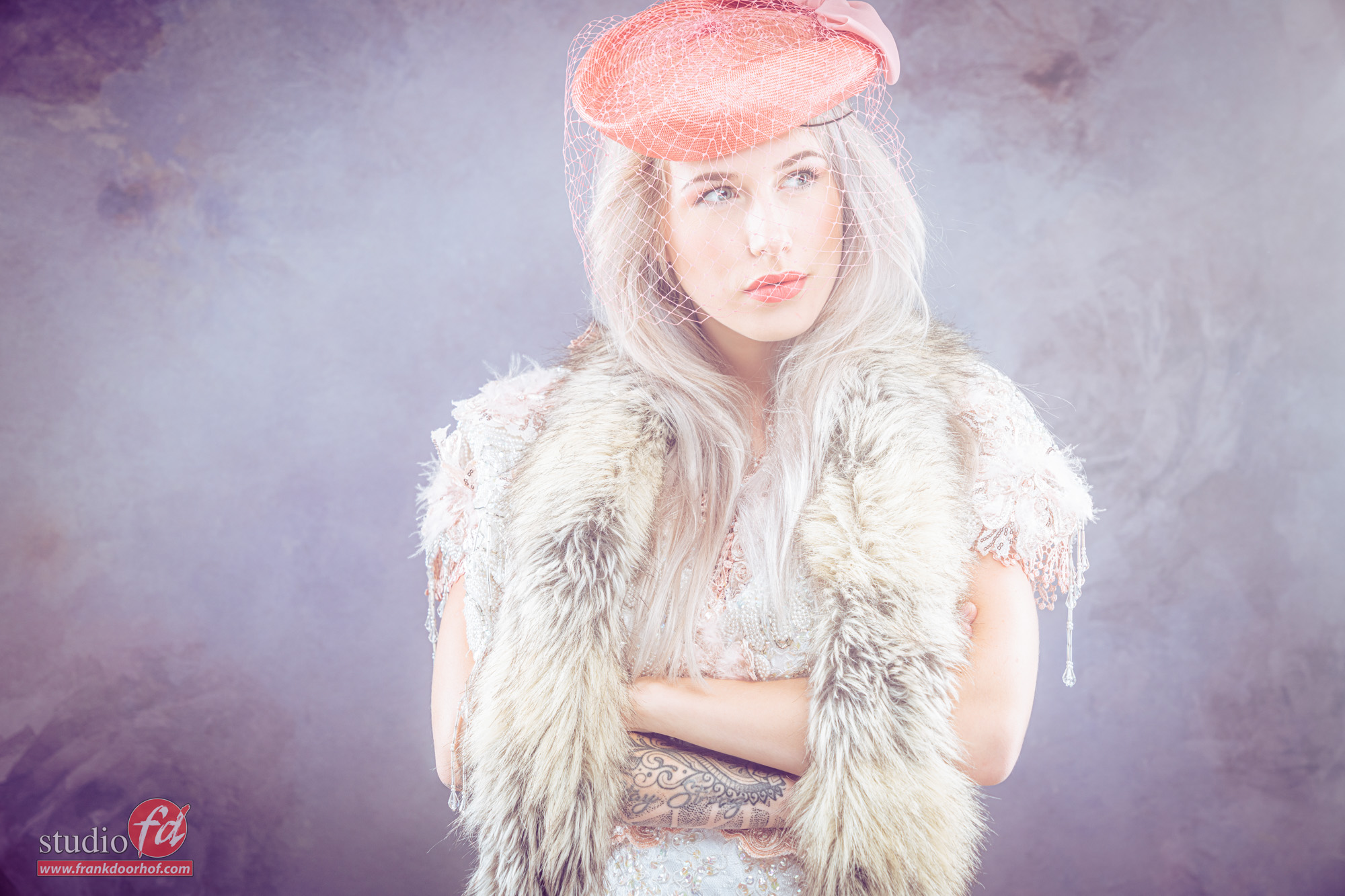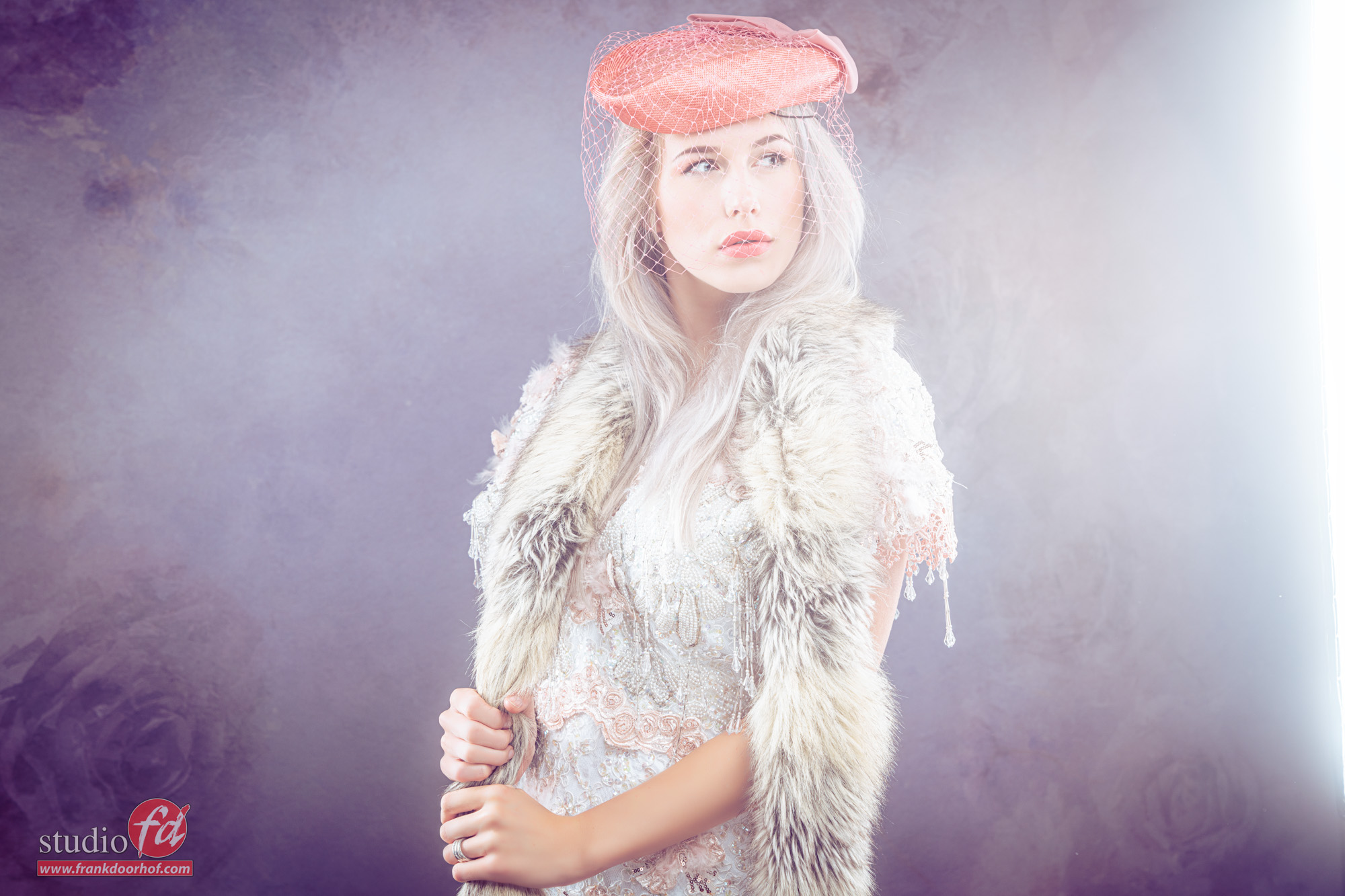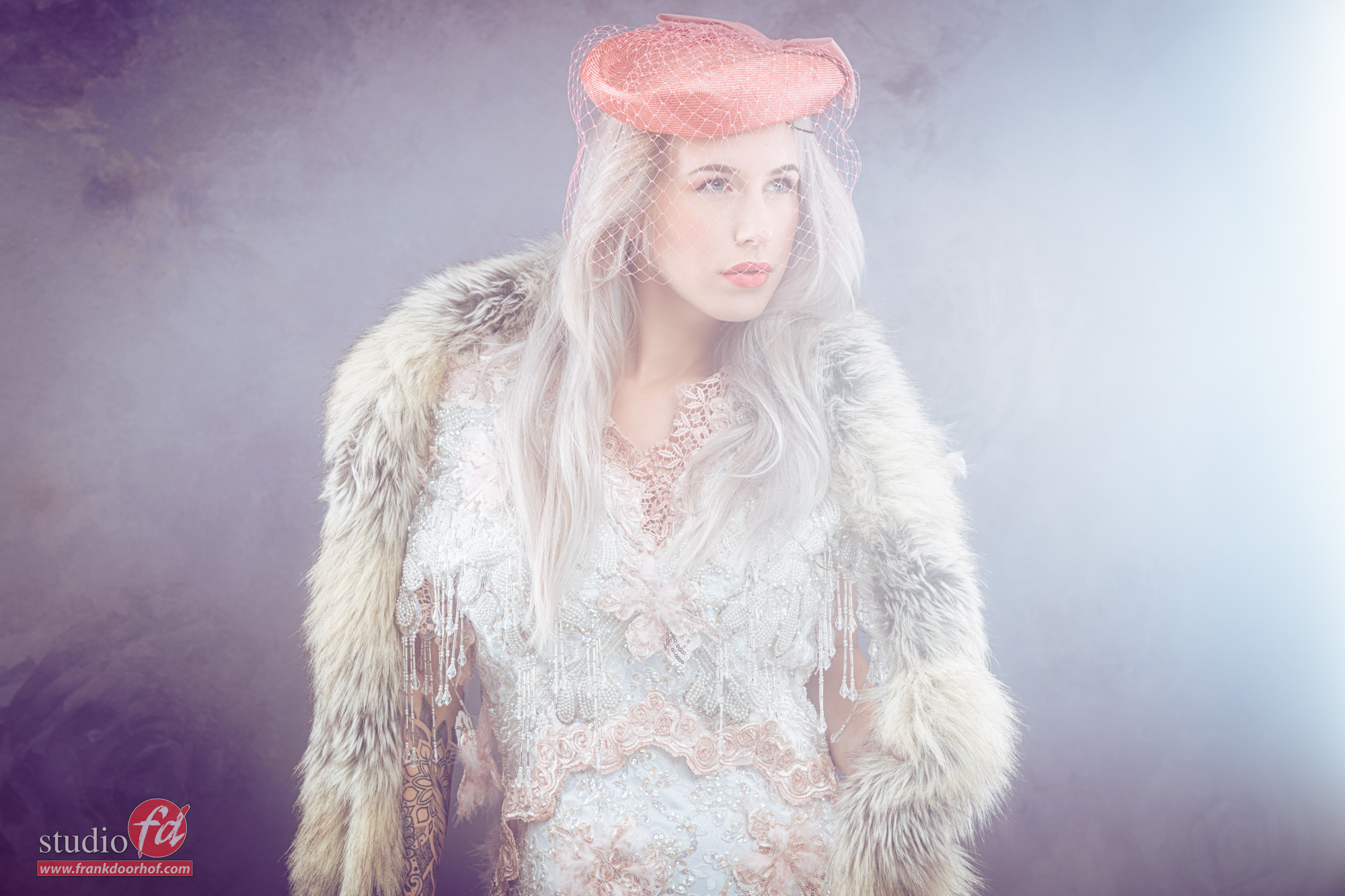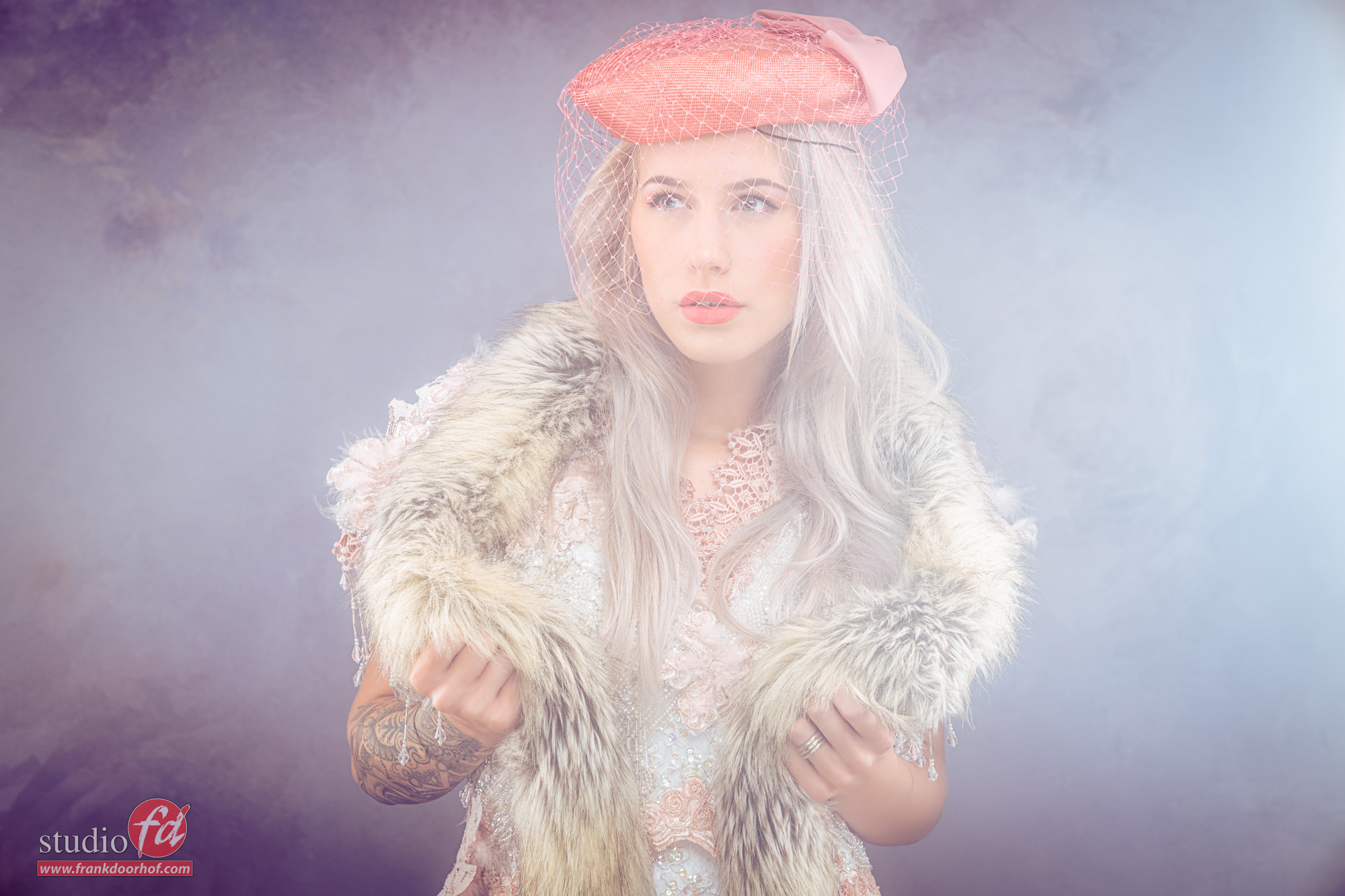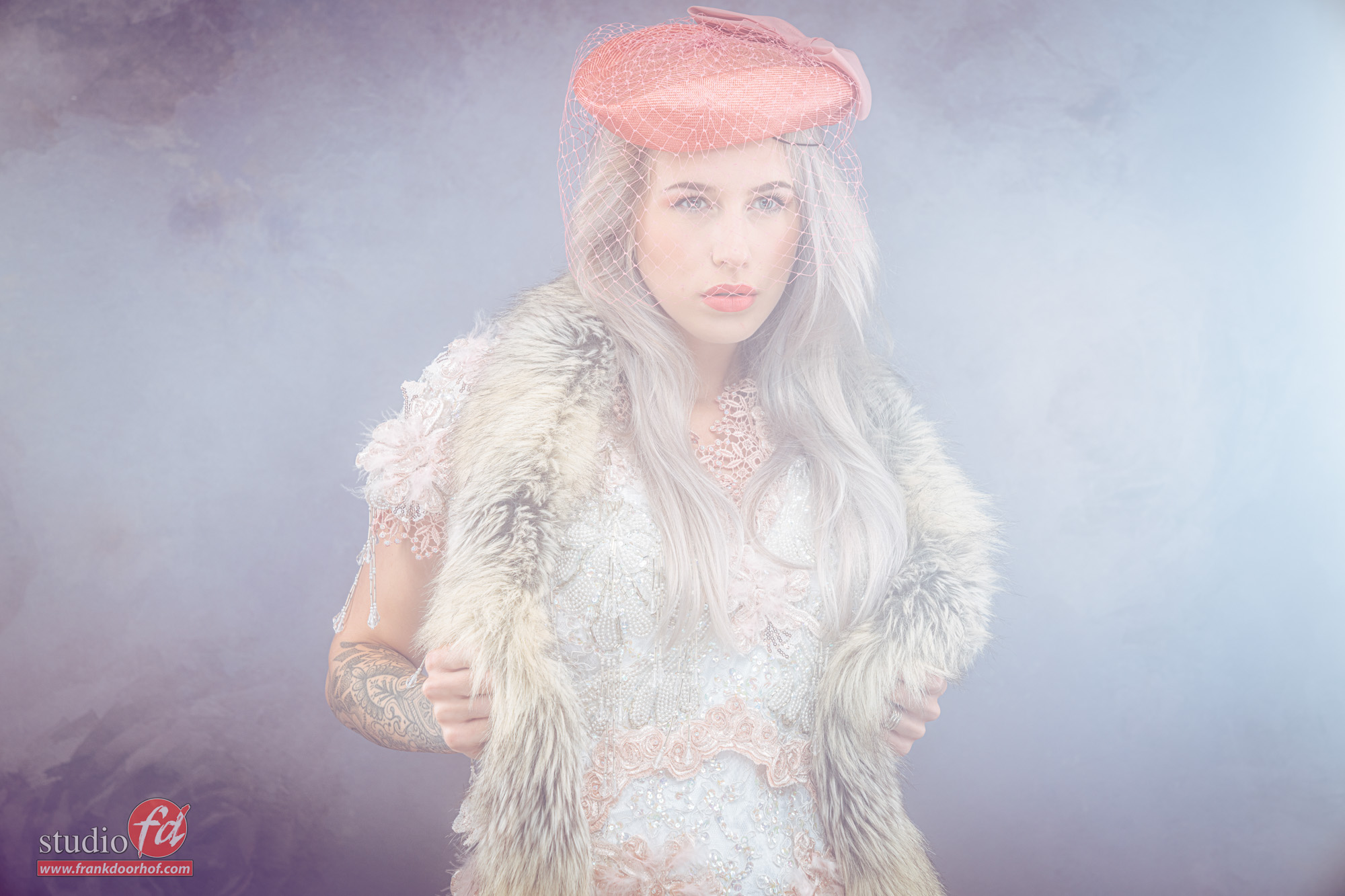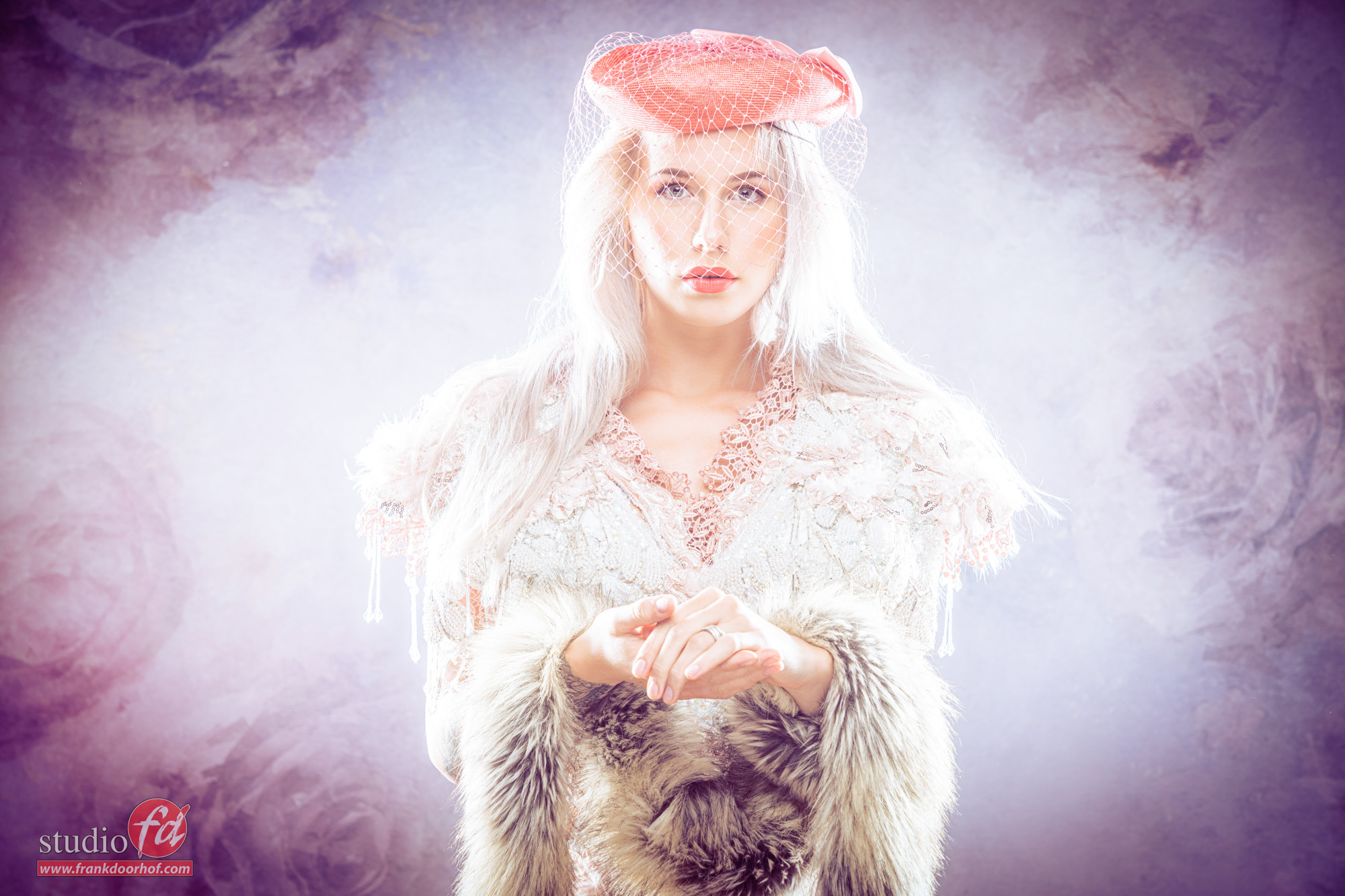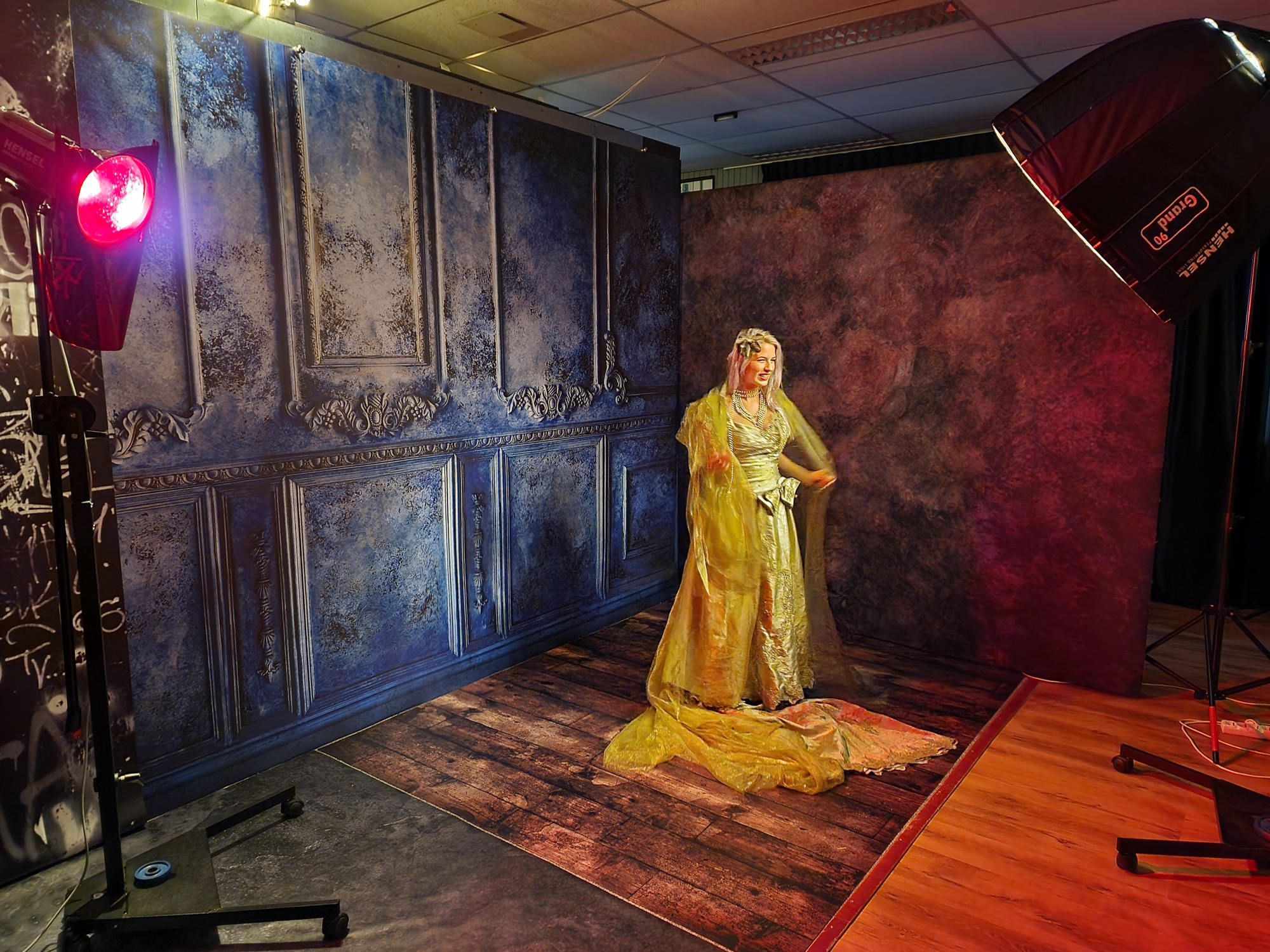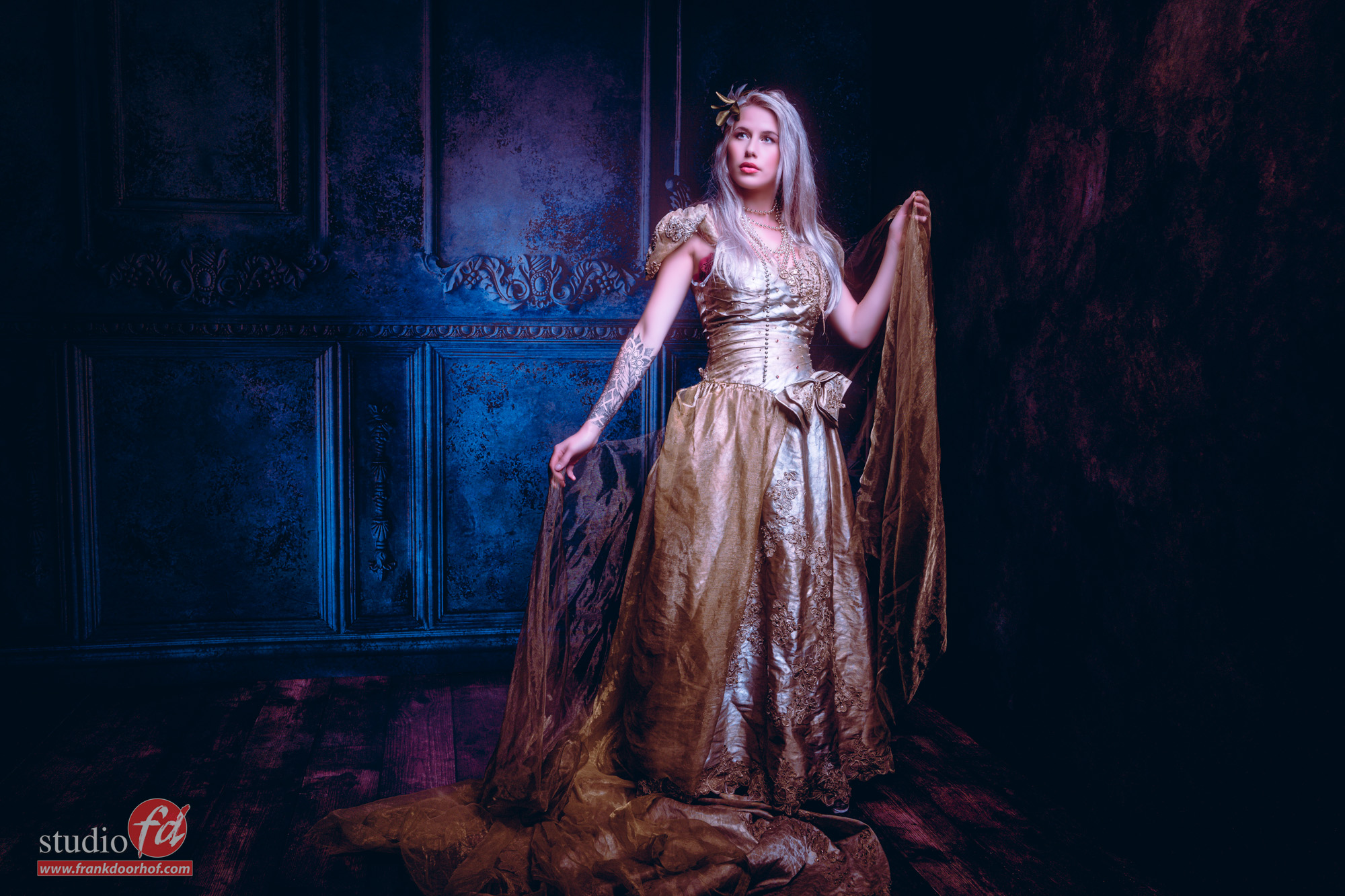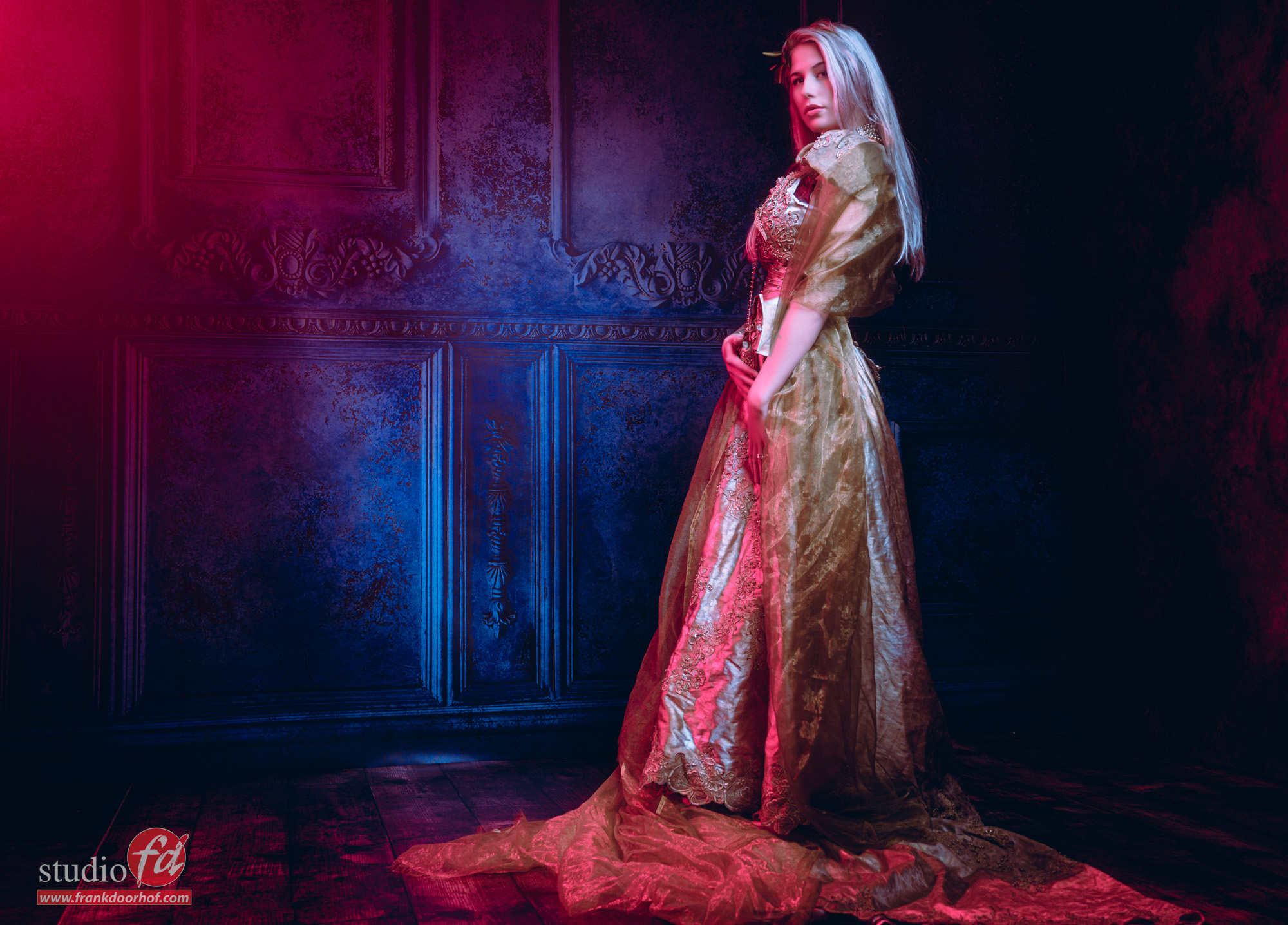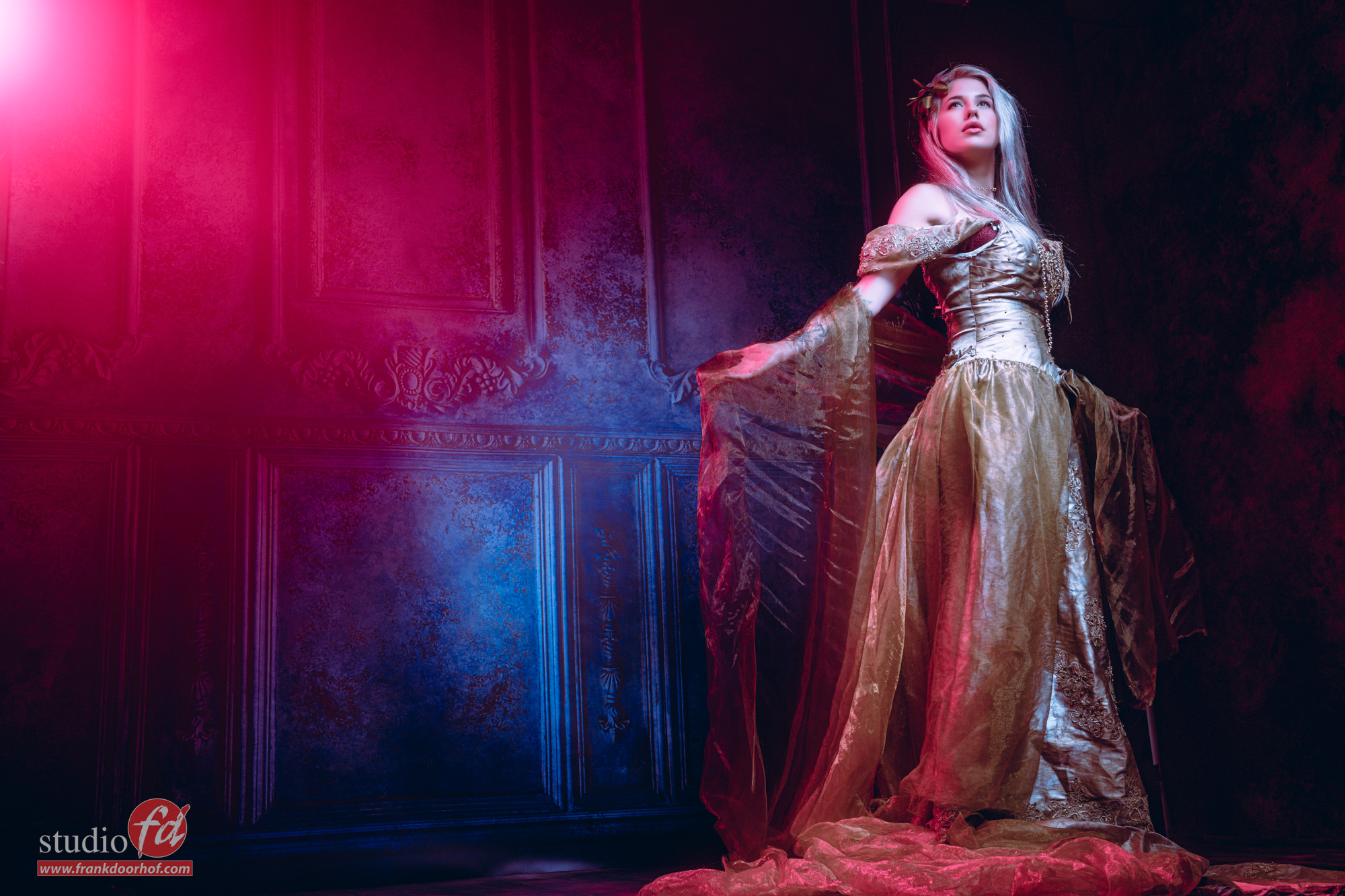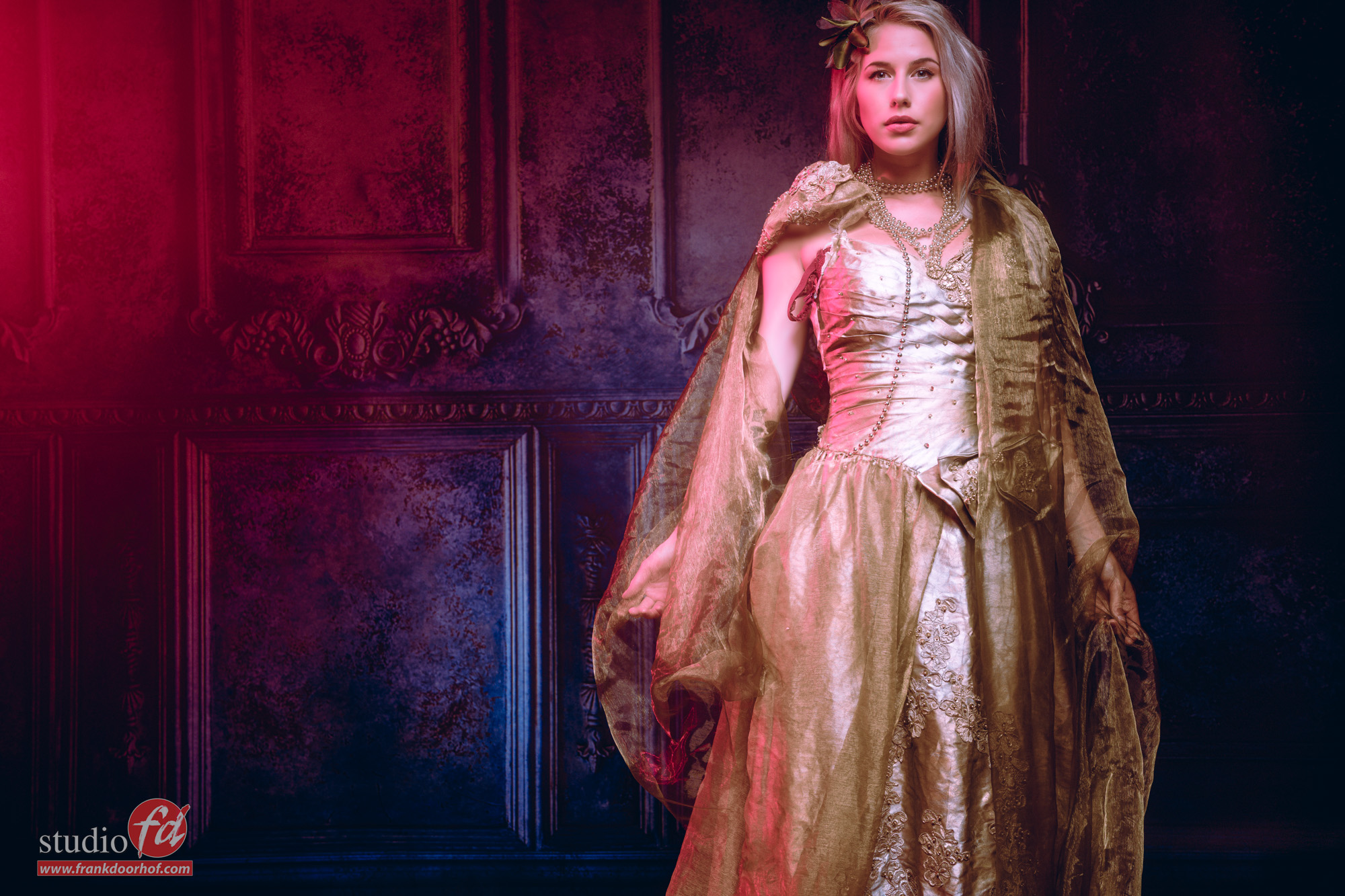Using two or three umbrellas for a perfect white background a video tutorial
The white background
Is often one of those backgrounds we all use once in a while, and some have even build a complete career around it.
When I started out with my learning process I was lucky enough to find out about Dean Collins so I started using a lightmeter almost immediately which makes setting up a white background (and everything else) a lot easier and faster. But still I ran into a lot of problems.
Over the years I’ve tried different ways to shoot this setup.
At one point I was using two strobes on the background, two strip lights as accents and one main light.
The problem always was the floor. The accent lights would give double shadows, this by the way was solved by angling the strip lights slightly up and using grids, but that didn’t solve my other problem, the floor itself.
The miracle of plexiglas
When using the standard setup the main issue was always the floor.
The background would be nice and white, the model was perfectly lit, the accents were nice, but the floor….
You can do it in Photoshop but then you have to edit every single shot, plus it looks the model is floating, so I added some shadows.. and realised it must be possible to do it faster and easier.
Enter, Plexiglas.
By placing transparant plexiglas on the floor you can redirect the light and create a perfect white background which seamlessly blends in with the background, it’s a simple trick of reflections. And the cool thing… you can also use transparant plexiglas on other colors, it’s always giving an awesome reflection.
I’ve talked about this extensively in this blogpost, but today I also show you in the video how I use three and even two umbrellas to create the perfect white background for a full body model including accents… yeah it’s really possible and super easy (and cheap).
Gear used :
3x Geekoto GT400
1x Rogue travel kit with the black umbrella and sleeve (main light) and the white umbrella.
1x Rogue white umbrella.
The nice thing about the Rogue umbrellas is that they are made of Fibreglass which makes them very durable and super easy/light to setup.
In this video I show you how the setup works.

